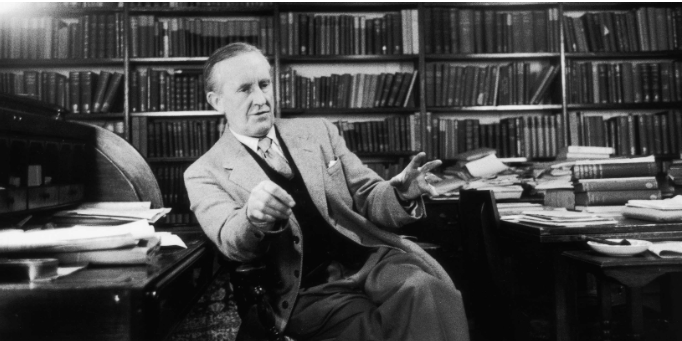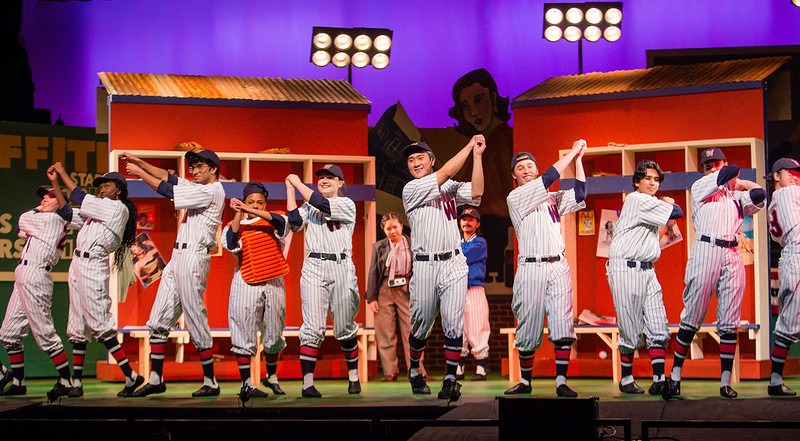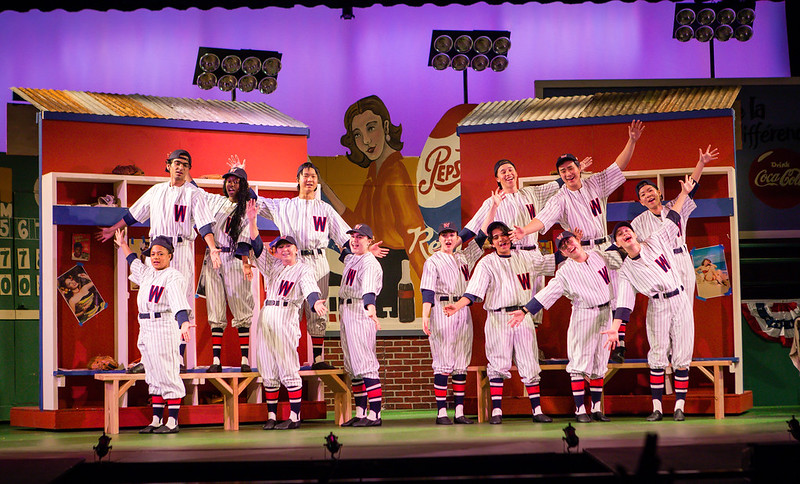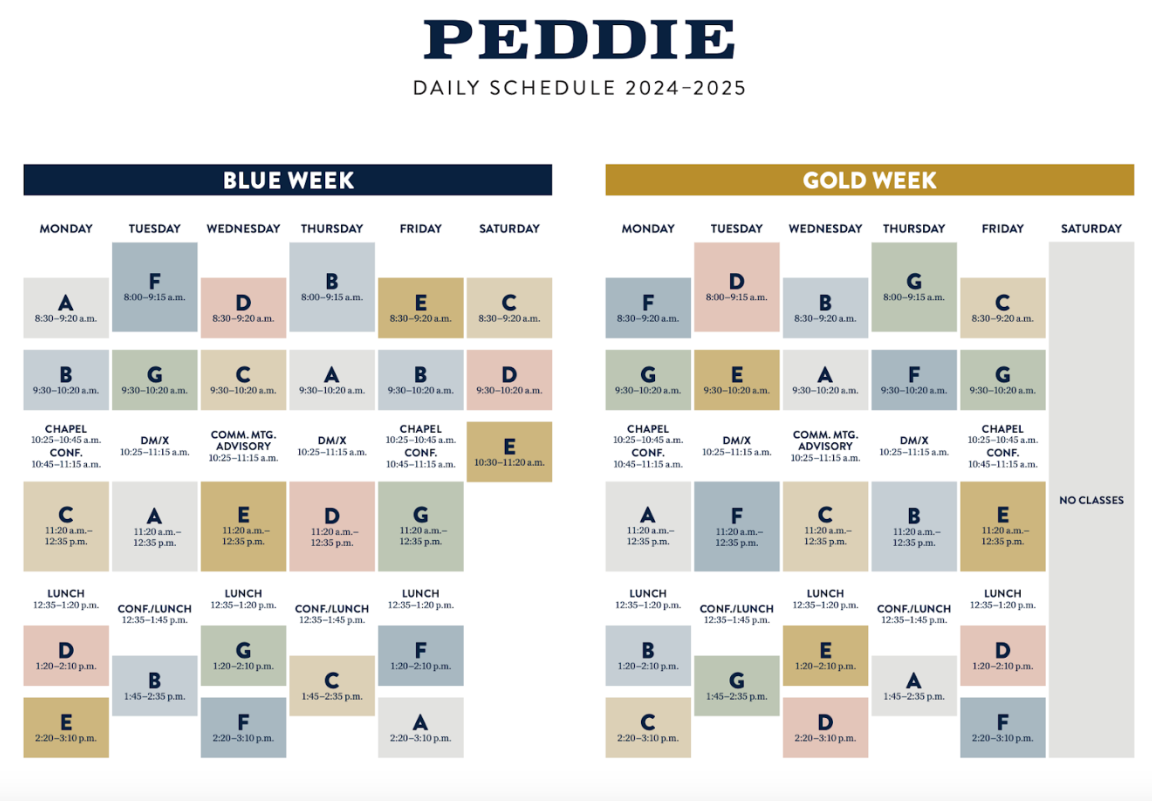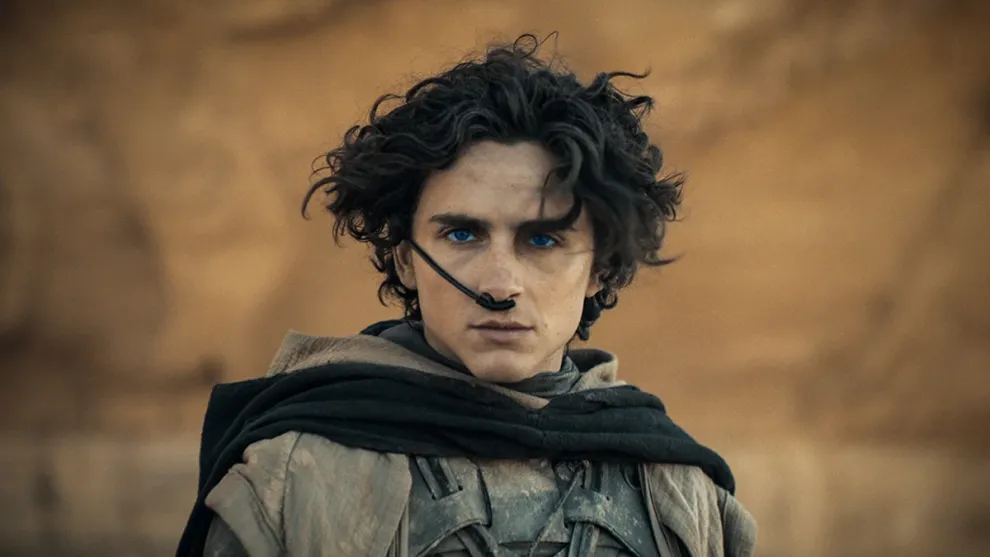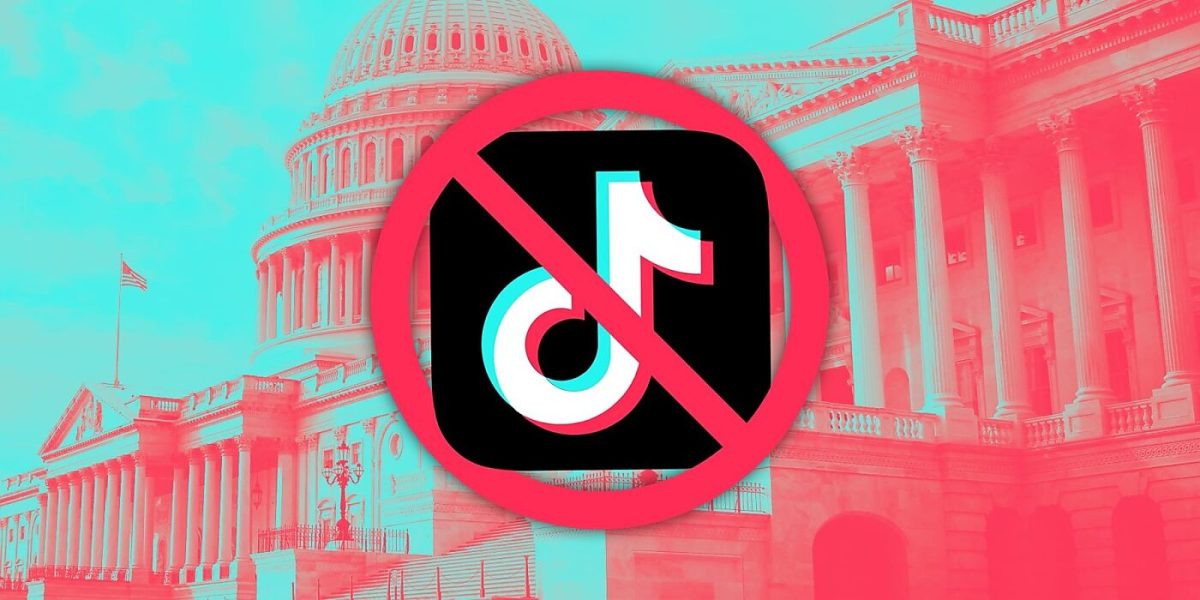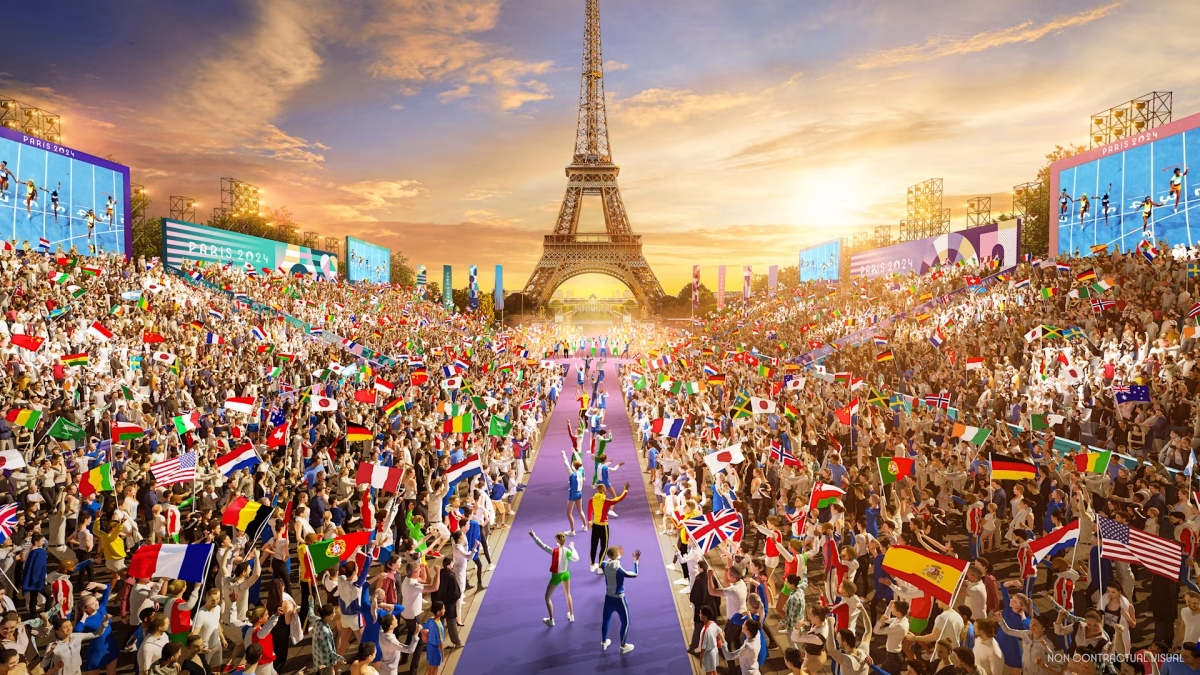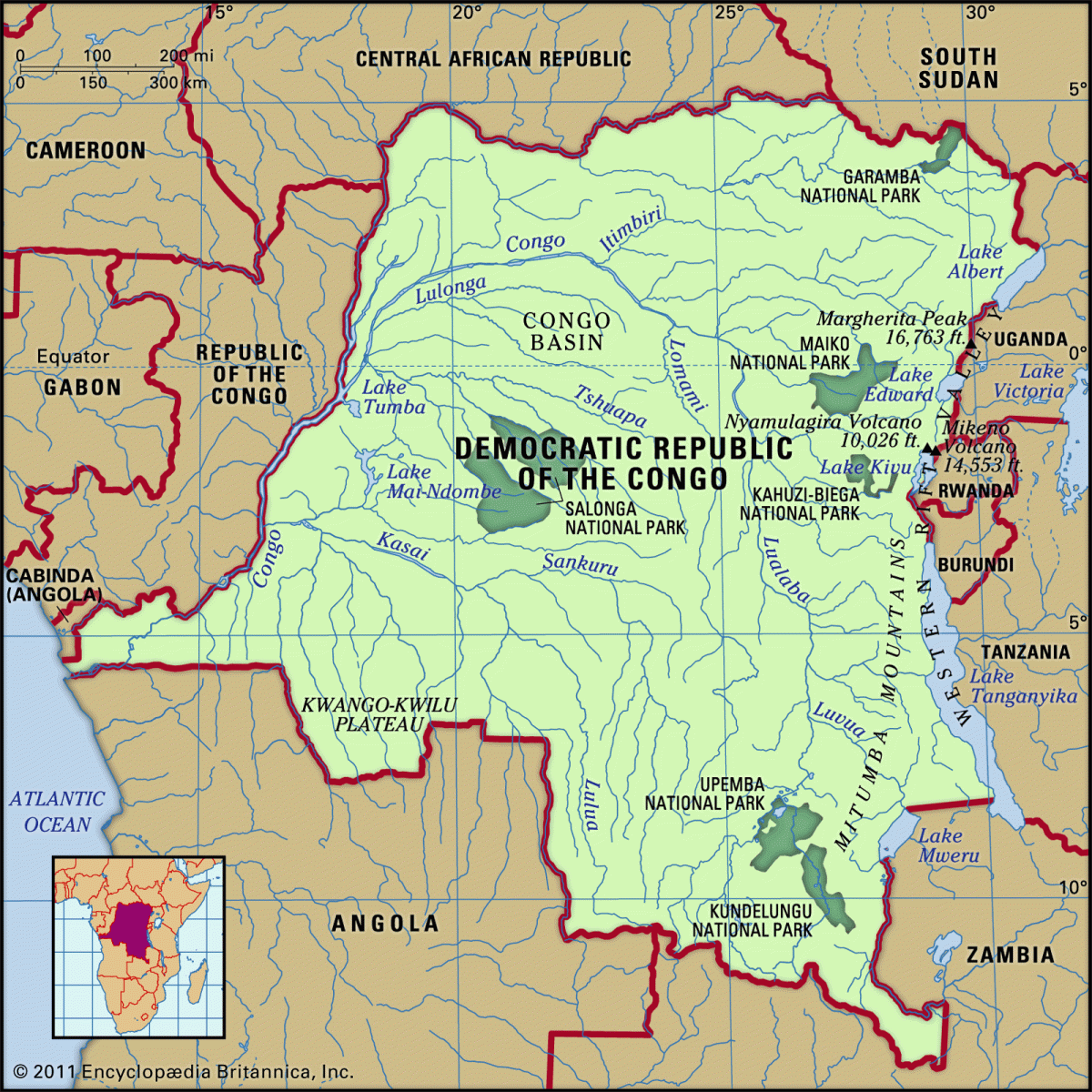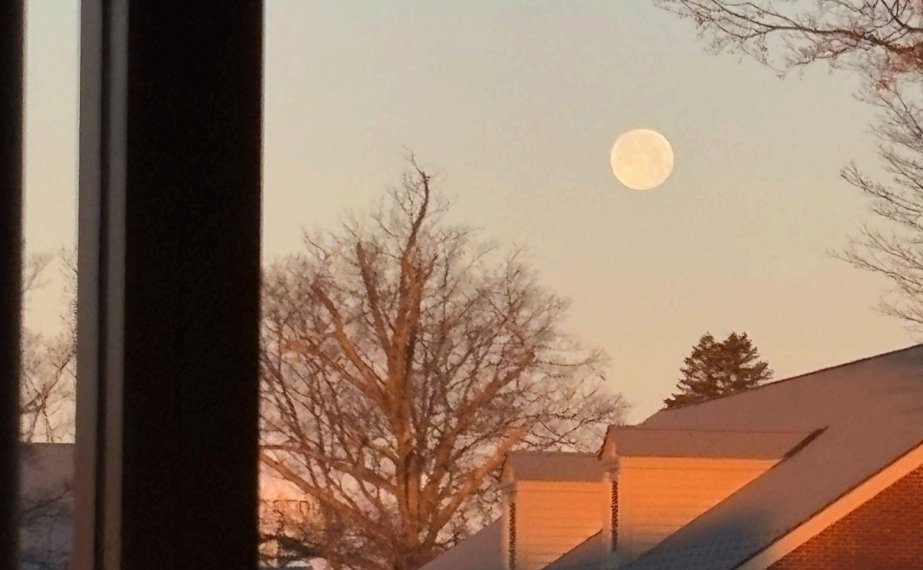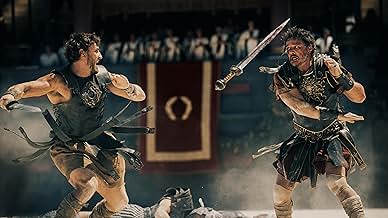*This review is spoiler-free for any of the “Dune” movies. It contains a brief synopsis.
Looking back at the past year (and because I realized my reviews are often quite negative), I wanted to highlight, in my opinion, the best film released in 2024: “Dune: Part Two.” Throughout the review, I will be calling it “Dune II” for ease of communication.
“Dune II” is the second part of “Dune: Prophecy” (2021); they are part of a two-part installation that adapts Frank Herbert’s 1965 novel “Dune.” Its sequel, “Dune: Messiah,” will be released in 2026. “Dune II” follows Paul Atreides on the desert planet of Arrakis, which is renowned for being the sole source of spice — one of the galaxy’s most valuable commodities. Paul is the heir to the noble house House Atreides, who find their enemy in House Harkonnen; as such, the clash between the two houses unfolds on Arrakis. Meanwhile, a sisterhood called the Bene Gesserit has been conducting a selective breeding program to try and produce a prophetic messiah, and they might have succeeded with Paul.
In “Dune II,” Paul builds relationships with the native Fremen people of Arrakis while evading his Harkonnen enemies. The Fremen are incredibly secretive and have learned how to traverse the dangerous desert terrains. These terrains are harsh and rife with sandworms, which are just that: gigantic sandworms that swallow anything they find. As he assimilates into their way of living, he also faces the implications of being the Bene Gesserit’s messiah and how it will affect him, the universe, and the civilization around him.
I want to primarily shout out the visuals and the visual makeup of this film. It’s a visual treat through and through, full of epic (expect me to use the words “epic” and “massive” a lot) shots, scenes and sequences. It’s all very painterly: deliberate, artful, wildly grand. Evidently, the team had a vision for what they wanted this to look like, and words like “small” or “unassuming” were not part of this vision. From huge-scale battles to some of the most cinematic shots I’ve seen on screen, everything here is just big. Big, ambitious. And it works: It serves as a very solid baseline for a sci-fi film like this, and it only enhances the other aspects of the movie.
Even the coloring here means something. If you’ve spent time on social media, you probably know how “Wicked” was blasted online for being incredibly dull; it’s a magical world, and yet you’ve got the most desaturated colors and sets that you could imagine. “Dune II” is the opposite of this. Most of it takes place in a desert — a desert that only has about five possible colors — and yet everything is so vivid. It’s not quite bright; the word I’d use is “rich.” It feels alive in all the best ways.
On the other hand, the home of the Harkonnens is almost exclusively shot in black and white. Maybe there’s a hint of saturation there, but it’s so bleak that even skin and water retain no color. The parallel between the dead Harkonnen home and the desert that’s so alive is a stark one that serves the story so well. Indeed, many aspects of the film are pandered to serve the story: the careful costuming (which, like the visuals, highlights the worldbuilding and disparity between the Fremen and the Harkonnens), the epic score, etc.
Timothée Chalamet acts as Paul Atreides, our main character, and while critics seem to have mixed opinions on him, I liked him a lot in this role. He has plenty of gravitas and airs, and he also has a very sci-fi-looking face, if that makes sense. Indeed, I like him better as Paul than as some other characters he’s played. While he doesn’t necessarily command the screen, he fits the role well and does as well as you’d expect.
I loved Rebecca Ferguson as Paul’s mother, a Bene Gesserit member named Jessica, and both of our main antagonists, portrayed by Stellan Skarsgård and Austin Butler, were amazing, too. These three characters all have rather sinister airs (whether you’d define Jessica as sinister or not depends on how you read into her character), and the actors pull it off amazingly.
“Dune II,” as well as its predecessor, both have very complicated stories. Worldbuilding is incredibly complex and dimensional, and often that will make or break a film for me. My criteria for worldbuilding are as follows: it develops nicely, is dimensional, and serves the plot. “Dune II” checks about two and a half of these boxes—which is admittedly more than most films. By two and a half, I mean that it’s developed fine: no information dumps, no chunky exposition. Things are revealed naturally as the film progresses. The world is very vivid and rich and it most definitely serves the plot. It’s actually more like the plot serves the world. This can be both a good and a bad thing, depending on your personal preference.
The half a box that it’s missing is because “Dune II” is kind of confusing. Information about the world and its factions is constantly being relayed to you. You’ll be able to understand the general gist of things if you’re paying attention, but some details don’t become clear until the post-movie Google search. Nevertheless, they’re details, and being unclear on them doesn’t really affect the movie experience. Do note that you will need to pay rapt attention to this film to be able to understand it, and if long movies are not for you, then you may want to reconsider watching this.
Speaking of the story, I have a massive problem with Chani (played by Zendaya). She’s the main love interest, but it doesn’t feel like it. I understand that Chani had a large role in the original books. Here in Dune II, she’s made to seem like she has one too; the key word here is that she’s made to seem like she has this purpose, and it’s not actually followed through on. There’s meaning in her character and she serves as a sort of foil to Paul (especially at the end of the film), except it’s quite awkwardly shoehorned in.
Don’t get me wrong: her character serves an interesting purpose and the relationship potential with Paul is interesting. However, it’s just not done very well. There’s so much going on in the film that the romance, and subsequently Chani, seems to be the last of the team’s concerns. Everything about her feels one-dimensional and rushed, which is quite upsetting because she has the potential to be a great character, and she’s the main representative of the Fremen (and she’s played by Zendaya). Despite technically being the deuteragonist, she’s one of the most underdeveloped characters here.
Other than that, though, I really appreciate the story. It’s told beautifully and is so unique and creative. Overall, Dune II is entertaining, tells a complex, subtle story, and is massively dimensional and grand on a scale that hasn’t been bested in 2024.
So — that’s it: My favorite release of 2024. Into 2025, I’m hoping for a film that can best it …
Quick Facts:
Dune: Part Two (2024)
Rating: PG-13
Runtime: 2h 46m
Director: Denis Villeneuve
IMDb Page
My rating: 8/10
Thanks for reading all the way down! Email me movie, TV show, book, short story or poetry recommendations at [email protected]. Or just let me know your thoughts, or say hello.

